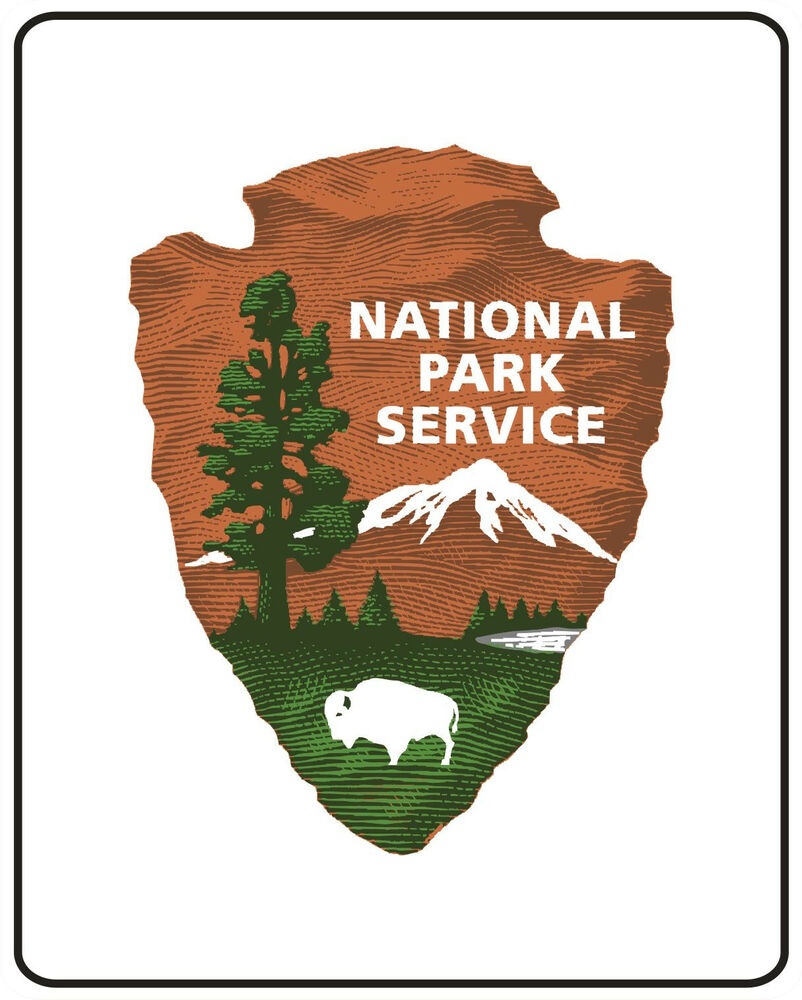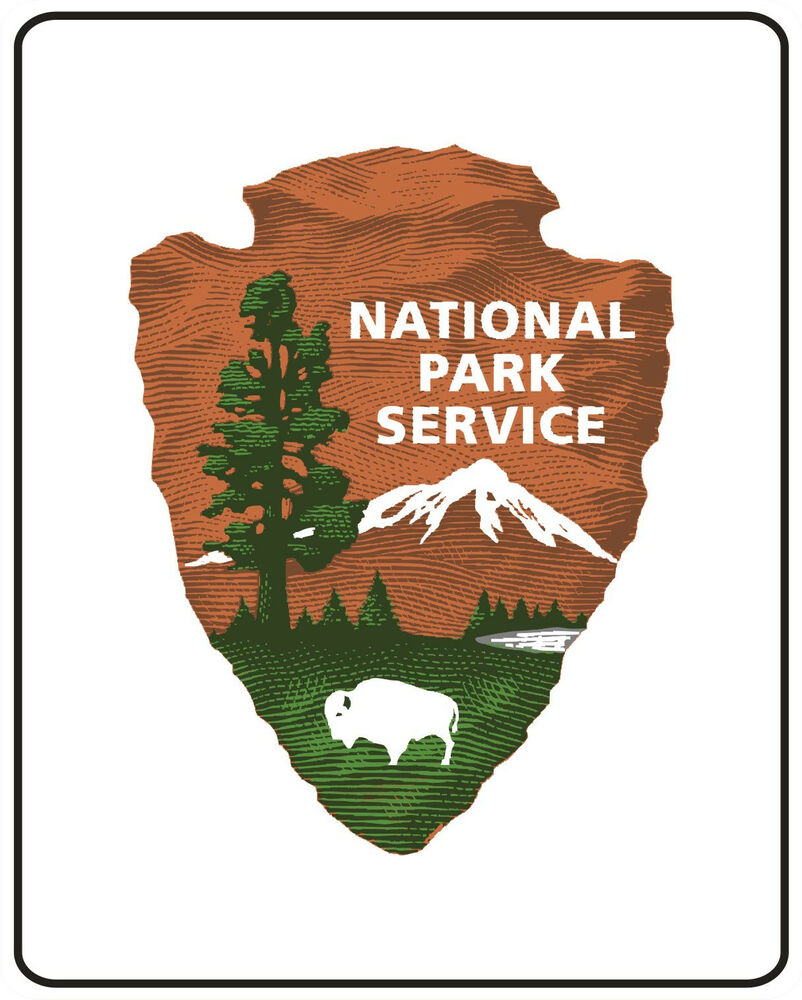Title Page
-
Site conducted
-
Company
-
Conducted on
-
Prepared by
-
Location
Bulk Facilities
-
Facility Sign - A weatherproof sign shall be present at LP-Gas locations stating: (A) Owner's Name, (B) Facility Address (C) 24/7 Emergency Number and (D) Class 1 Dealer License number. Letters and numbers must be at least 3 inches in height.
-
Security - Enclose container appurtenances, pumping equipment, loading, unloading and container filling facilities in a 6 ft high chain link type fence with two means of egress (not required if enclosure is less than 100 sq ft or less. Approved valve locking devices are permitted to be used instead of fencing to prevent unauthorized operation.
-
Lighting - If operations are normally conducted during other than daylight hours, lighting shall be provided to illuminate storage containers, containers being loaded, control valves, and other equipment.
-
Container Marking - Containers shall be marked "FLAMMABLE" and either "LP-GAS", "LPG", "PROPANE", or "BUTANE" in at least 6 inch letters. Data plates shall be affixed to the container and readable. "NO SMOKING" signs shall be posted near the container area.
-
Container Foundation - Horizontal containers designed for permanent installation in stationary service above ground shall be placed on masonry or other noncombustible structural supports located on concrete or masonry foundations with the container supports.
-
Corrosion Protection - Containers in contact with saddles or foundations or masonry shall be coated or protected to minimize corrosion.
-
Container/Dike - LP-Gas containers shall be located at least 10 ft from the centerline of the wall of diked areas containing flammable or combustible liquids.
-
Container/Fuels - Containers shall be located at least 20 ft from flammable or combustible liquid aboveground storage tanks.
-
Container Protection - LP-Gas containers or systems of which they are a part shall be protected from damage from vehicles.
-
Container Painting - Aboveground containers shall be painted.
-
Combustible Storage, Weeds, Grass, Trash - Loose or piled combustible material and weeds and long dry grass shall be separated from containers by a minimum of 10 ft.
-
Pipe Requirement - Fittings for Metallic Pipe and Tubing. Fittings shall be steel, brass, copper, malleable iron, or ductile (nodular) iron?
-
Pipe Marking - Container inlet and outlet connections on ASME containers over 2000 gal WC labeled or color coded as "LIQUID" or "VAPOR"?
-
Piping Support and Protection - Do the aboveground piping systems compensate for expansion, contraction, jarring, vibration, and settling? Are they supported and protected against physical damage by vehicles? Is the portion of piping in contact with a support or a corrosion-causing substance protected against corrosion?
-
Leaks - Piping systems (including hose) been tested and proven free of leaks at not less than the normal operating pressure?
-
Emergency Shutoff Valve - Are all liquid transfer lines that are 1/2 in. or larger and vapor lines that are 1 1/4 in. or larger equipped with emergency shutoff valves? Do these valves incorporate a manual shutoff from a remote location not less than 25 ft or more than 100 ft in the path of egress? Have the proper markings been made? Has the owner demonstrated the proper operation of the ESV?
-
Automatic Shutoff - Is automatic shutdown of internal valves in liquid service provided using thermal (fire) actuation? Is the thermal sensing element of the internal valve within 5 ft (1.5 m) of the internal valve?
-
Internal Valve Remote Shutoff - Internal valves installed in containers of 4000 gal WC shall be equipped for remote closure and automatic shutoff using thermal fire actuation by:<br>1.) Installed but not equipped w/remote closure and auto. shutoff by July 1, 2003<br>2.) All tanks by July 1, 2011<br><br>
-
Hydrostatic Relief Valves - Are hydrostatic relief valves installed in the liquid piping between shutoff valves?
-
Relief Devices - Are ASME containers equipped with one or more pressure relief valves designed to relieve vapor?
-
Liquid Level Gauges - Are ASME containers designed to be filled on a volumetric basis equipped with fixed maximum liquid level gauge(s) to indicate the maximum filling level(s) for the service(s) in which the container is to be used or filled? (Note: Tanks constructed prior to December 31, 1965 are exempted)
-
Gauges - ASME containers over 4000 gal WC shall be equipped with the following: A) pressure relief valve(s) B) fixed maximum liquid level gauge C) float gauge, rotary gauge, slip tube gauge, or a combination of these gauges D) pressure gauge E) temperature gauge.
-
Rain Caps - Rain caps or other means shall be provided to minimize the possibility of the entrance of water or other extraneous matter into the relief device or any discharge piping. The caps or other protection shall be designed to remain in place, except during pressure relief device operation and shall not restrict relief device flow. The pressure relief valve discharge on each aboveground container of more than 2000 gal WC shall be piped upward to a point of at least 7 ft with the opening unobstructed to the air.
-
Flex connector - Flex connector shall be provided between the pumps and containers and between container to compensate for expansion, contraction, jarring and vibration. If wire braid is used for reinforcement, it shall be corrosion-resistant. Flex connectors shall not exceed 60in. Flex connector shall be installed in accordance with the manufacturer's instruction.
-
Point of Transfer - If the point of transfer is not located at the container or the container is not stationary position, the distance between the point of transfer and the exposures shall be in accordance with 6.5.3
Bobtails/Cabinets/Other
Bobtails
-
Gauges - All containers filled by volume shall be equipped with fixed level or variable gauges of the slip tube, rotary tube or float type. Every container constructed after December 31, 1065 shall be equipped with a fixed level gauge to indicate maximum filling level for service in which container is used. Every container over 2000 gallons WC shall have a temperature and pressure gauge.
-
Liquid and Vapor - Both liquid and vapor piping must be properly marked.
-
Emergency Shut off Valves - Valves including shutoff valves, excess flow valves, backflow check valves, and remotely controlled valves used in the piping shall comply with DOT cargo vehicle specifications.
-
Piping, Fittings, Valves - Pipe, tubing, pipe and tubing fittings, valves, hose, and flex connectors shall comply with provisions of DOT cargo tank vehicle specifications.
-
Piping Leak Test - Piping systems including hoses shall be tested and proven leak free.
-
Container Testing - Pressure testing every five years (P). Visual and leak test every year (VK). Must display legibly on truck month/year when test was conducted.
-
Bobtail Marking - All bobtails shall be placarded on all four sides with a DOT current placard along with PROPANE or LIQUEFIED PETROLEUM GAS also located on all four sides. All piping must be marked. All lettering and placards must be securely attached and shall be maintained legibility visible.
-
Fire Extinguisher - Each bobtail shall have at least one 18 lb BC rated approved portable fire extinguisher. Fire extinguishers must be inspected and tagged on a yearly basis.
-
Chock Blocks - Each bobtail shall carry chock blocks which shall be used to prevent the rolling of the vehicle whenever the vehicle is loading, unloading, or parked.
-
Smoking - No person shall smoke or carry lighted smoking material on or within 25 ft. of the bobtail. This shall apply at points of transfer and while delivering or connecting to containers.
-
Flex Connectors - Flex connectors shall be permanently marked to indicate the date of assembly. The flexible part of the connector must be replaced every ten years.
-
Remote Shutoff - Every bobtail must be equipped with a remote shutoff by 7/2006.
Cylinder Cabinet
-
Available at Location?
-
Cabinet Location - All outside cabinets containing cylinders awaiting use, resale, or part of a Location cylinder exchange point shall be located in accordance with the following: (A) At least 5 ft from any doorway or opening in a building where occupants have at least two means of egress or 10 ft from any doorway with only one means of egress, and (B) At least 20 ft from any automotive service station fuel dispenser.
-
Cabinet Security - Protection against vehicle impact shall be provided in accordance with good Protection engineering practice where vehicular traffic is expected at the location. The protection of each cabinet shall consist of guard posts or either tire bumpers or curbs made of concrete. Tire bumpers or curbs shall be at least four feet long and at least five inches in height and shall be permanently affixed.
-
Cabinet Protection - Cylinders at a location open to the public shall be protected by a lockable Security ventilated metal enclosure that prevents tampering with valves or pilferage of the cylinders.
-
Cabinet Signage - All lockers or cabinets shall be marked with the following: A) Propane B) No Smoking C) Owner Information D) NFPA 704 Markings E) Product Information.
-
Cylinder Signage - Warning labels shall be applied to all cylinders of 100lbs or less. Warning label shall include information on the potential hazards of LP-gas.
-
Cylinder Condition - Cylinders that show excessive denting, building, gouging, or corrosion shall be removed from service. Cylinders 4-40lb shall be equipped with a listed overfilling prevention device.
-
Fire Extinguisher - Where the aggregate quantity of propane stored is greater than 720 lbs, an 18 B:C portable fire extinguisher shall be located no more than 50 ft (15 m) from the storage location.
-
Dispensers
-
Available at Location?
-
Facility Sign - A weatherproof sign shall be present at LP Gas locations stating: (A) Owner name, (B) Facility address, (C) 24/7 Emergency number, (D) Class 1 Dealer license number. Letters and numbers must be 3in in height.
-
Signage - Warning signs shall be posted in the dispensing area with following: (A) NO SMOKING, (B) FLAMMABLE, (C) either PROPANE or LP-GAS or BUTANE.
-
Security - The area shall be enclosed with at least a 6 ft high industrial type fence, chain link fence, or equivalent protection. Fencing shall not be required where devices are locked to prevent unauthorized operation of valves, equipment, and appurtenances.
-
Dispensing Location - Location of vehicle fuel dispensers and dispensing stations shall be in accordance with Table 6.5.3. This includes but is not limited to the following: 10 ft from buildings, 25 ft from adjoining property, and 50 ft from places of public assembly.
-
Dispensing Foundation - All dispensers either shall be installed on a concrete foundation. Protection against physical damage shall be provided for dispensers.
-
Dispenser Ventilation - Where a vehicle fuel dispenser is installed under a weather shelter or canopy, the area shall be ventilated and shall not be enclosed for more than 50 percent of its perimeter.
-
Dispenser Ventilation Building - The structure shall be ventilated using air inlets and outlets, the bottom of which shall not be more than 6in above the floor, and ventilations shall be provided.
-
Emergency Shut-Off - A clearly identified and accessible remote emergency shutoff device for either the internal valve or the emergency shutoff valve shall be installed not less than 3 ft or more than 100 ft from the liquid transfer point.
-
Dispenser - Hoses shall comply with the following: (1) Hose length shall not exceed 18 ft (2) All hoses shall be listed (3) When not in use, hoses shall be secured from damage.
-
Transfer Hose Safety - A listed quick-acting shutoff valve shall be installed at the discharge end of the transfer hose.
-
Emergency Breakaway - A listed emergency breakaway device designed to retain liquid on both sides of the breakaway point shall be installed.
-
Hydrostatic Relief Valve - Piping and the dispensing hose shall be provided with hydrostatic relief valves in accordance with Section 6.13.
-
Valves - If the dispensing device is installed at a remote location and is not part of a complete storage and dispensing unit, a manual shutoff valve and an excess-flow check valve shall be located in the liquid line between the pump and the dispenser inlet.
Licensing
-
Required - Proper licensing of facility for current year posted and for each classification.
-
Required - Proper training for each employee involved in handling LPG. Each employee must be trained to the level of duties performing.
-
Insurance - One million dollars General Liability Insurance Policy is currently in effect.
Operations
-
Electrical Equipment - Electrical equipment and wiring shall be installed in accordance with NFPA 70 National Electric Code.
-
Ignition Sources - Pump house, container filling rooms, or other similar locations shall be free of open flames or other sources of ignition including but not limited to direct and indirect fired vaporizers, portable electrical tools, and welding tools.
-
Fire Extinguisher - Each industrial plant, bulk plant, and dispensing point shall be provided with at least one approved portable fire extinguisher having a minimum capacity of 18 lb BC rating.
-
Fire Extinguisher Annual Service - Fire extinguishers shall be subjected to maintenance intervals of not more than one year, or at time of hydrostatic test.

















